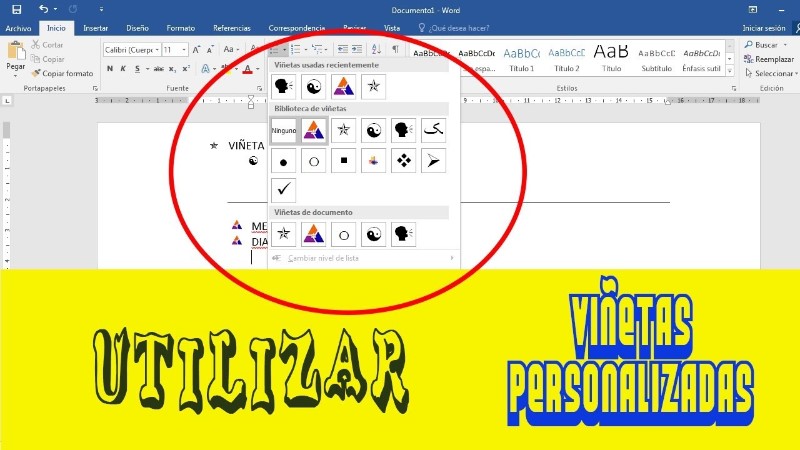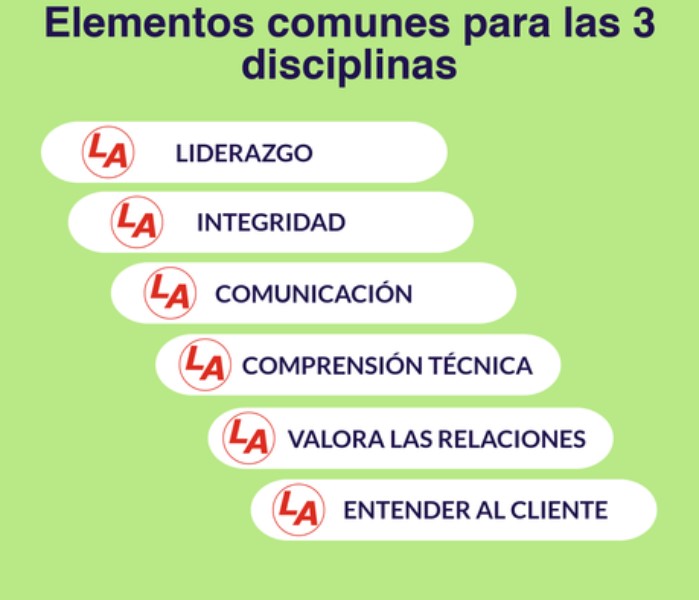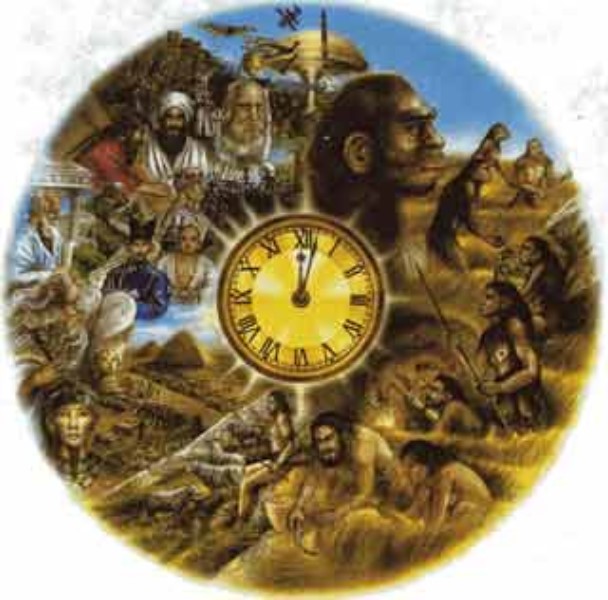

Welcome to our website, where you will find the perfect tool to improve your Spanish vocabulary: Wordle.tildes. Would you like to expand your knowledge in the Spanish language? Do you want to improve your writing and oral expression skills? Then you are in the right place.
At Wordle.tildes we offer a wide variety of games and activities to learn new words and improve your understanding of the language. From crosswords and word searches to association and definition games, our platform is perfect for those who want to improve their vocabulary.
It doesn’t matter if you are a student, a professional or simply a lover of Spanish, Wordle.tildes is the ideal tool for you to develop language skills and achieve your personal goals. Furthermore, our website is completely free and easy to use, so you will have no excuses for not starting to improve your Spanish vocabulary.
So, what are you waiting for to start playing and learning with Wordle.tildes? Explore our platform and you will be able to discover new words, expand your vocabulary and improve your language skills in a fun and entertaining way.
How to create and customize your own wordles

A Wordle is a data visualization tool that creates graphical representations of words in which the size of each word corresponds to its frequency in a text. To create a Wordle, you must first have the text you want to display in the form of a text file or web link. Then you can follow the steps below:
Select the keywords
Choose the keywords you want to feature in your Wordle. You can manually select the words you want to include or use online tools to automatically extract keywords from the text.
Customize your Wordle
Once you have selected the keywords, you can customize the appearance of your Wordle. You can change the font, color and orientation of the words. You can also adjust the size of the wordle and the distribution of the words.
Save and share your Wordle
Once you’ve customized your Wordle, you can save it to your computer or share it online. Some online tools also allow you to embed the Wordle on your website or add it to a presentation.
The best tips to make effective wordles

When it comes to creating an effective wordle, there are several tips that can help you get it right. Here are some of the best:
choose the right words
The choice of words is key to creating an effective wordle. It is important to select words that are relevant to the topic being discussed, as this will help make the wordle clearer and easier to understand. It is advisable to use words that are concrete and specific instead of generic words.
Use size and color strategically
Word size and color are two key elements in making an effective wordle. It is advisable to use the size to highlight the words that are most important and necessary for the topic at hand. Also, the use of color can help highlight words in an even more visual way. It’s important to make sure that size and color are being used consistently and strategically throughout the wordle.
Experiment with different layouts
Experimenting with different layouts is another way to make an effective wordle. Sometimes a simple design can be the best, while other times a more complex design can be more useful. It is important to try different designs until you find the one that best suits the theme and the purpose of the wordle.
Tools and resources to create wordles

Creating a wordle may seem like a simple process, but it requires the right tools and resources to make it successful. Here are some useful tools and resources for creating wordles:
Tools
wordclouds.com: This online platform is one of the most popular tools for creating wordles. It offers several customization options such as the choice of fonts, shapes, and colors.
Wordle.net: Although it is an old tool and has not been updated in years, Wordle is still a popular choice for creating wordles. Its interface is simple and easy to use.
Tagxedo.com: This tool allows you to create wordles with custom shapes, such as animals or buildings. It also offers options for choosing fonts and colors, as well as the ability to use images as backgrounds.
Resources
Image Bank: To create effective wordles, it is important to have access to a variety of high-quality images. Sites like Unsplash.com or Pexels.com offer free images that can be used in wordles.
Dictionary of Synonyms: Using synonyms is a good way to make a wordle more interesting and varied. Sites like Wordreference.com can be useful for finding synonyms for the words you want to include in the wordle.
Color palette: A well-chosen color palette can make a wordle look more attractive and professional. Sites like Colorhunt.co or Adobe Color can help you find suitable color combinations for a wordle.
Examples of wordles in different fields and disciplines

Wordles are a very versatile visual tool that can be used in a wide variety of fields and disciplines. Here are some examples of wordles in different contexts and how they are used:
In education
Wordles are a great tool to help students understand key concepts. An example of this is creating a wordle with the keywords for a particular topic and then asking students to identify the relationships between the words. In addition, teachers can use wordles to test their students’ knowledge by asking them to create their own wordle on a particular topic.
in business
Wordles are also very useful for corporate reporting, as they can help highlight keywords and trends, making it easier for managers to make decisions. In addition, wordles can be used in the creation of business presentations and marketing campaigns, since they can focus on the values, vision and mission of the company.
In art and design
In the world of art and design, wordles are a useful tool for creating unique typographic designs. Designers can use them to shape logo designs, for example. Wordles can also be used to create posters and other marketing materials for events. In short, wordles are a creative and versatile tool that can be used in a wide range of creative activities.
How to use wordles in presentations and projects
Wordles can be an effective tool to add visual and emotional impact to your presentations and projects. Here are some ways you can use them:
Turn your key concepts into words
Use a word generator to turn the key concepts of your presentation or project into an eye-catching image. This will not only emphasize your main ideas, but also add an interesting visual element to keep your audience engaged.
Summarize your ideas in words
Instead of presenting a boring list of points, use a wordle to summarize your ideas in one image. This will help your audience to remember your main points and have a better understanding of your message. Furthermore, it can also add an attractive design element to your presentations.
Create an interactive wordle
If you are doing a presentation online or on an interactive screen, consider creating an interactive wordle. This can be a great way to engage your audience and make the presentation experience more memorable and entertaining.
Use wordles in reports and documents
Would you like to add a visual element to your important reports and documents? Try using words to summarize important data, statistics and conclusions. This can make the information easier to understand and more interesting to read.
In short, wordles can be a great tool to add impact and visual appeal to your presentations and projects. Consider using them to summarize your ideas, highlight your key concepts, and make the presentation experience more memorable.
The history and evolution of wordles

Wordles, also known as word clouds, are a visual way of representing the frequency of words in a text. But how did they come about?
Origins of wordles
The history of wordles dates back to the 1970s, when the first word frequency analysis programs were created. However, it was in 1998 when the designer Jonathan Feinberg created the first wordle, which used graphic design and word processing software to generate word clouds.
evolution of wordles
As technology advanced, creating wordles became more accessible and easier. Several websites and applications appeared that allowed the generation of word clouds for free and quickly. In addition, wordles began to be used in different disciplines, from education to journalism.
Currently, wordles have become a popular tool for data visualization and information representation in an attractive and easy-to-understand way. Its popularity is due, in part, to its ability to summarize large amounts of information into a single visual image.
Wordles and their relationship with data visualization

Wordles have become a popular tool for visualizing data in creative and engaging ways. Through the selection of keywords and their arrangement in an image, wordles can present information in a way that is more easily understandable to the public.
The importance of data visualization
Data visualization is a fundamental technique in the effective presentation of information. Data can be overwhelming and misunderstood if it is presented numerically or in raw tables. Data visualization helps summarize and present information in a clearer and more easily understandable way, which is essential for journalists, businesses, and researchers.
The evolution of data visualization with wordles
Wordles have revolutionized data visualization by providing a more visual and engaging way to present information. Users can select and emphasize keywords based on their importance or frequency, giving a quick insight into patterns and trends in the data. Additionally, the arrangement of words can offer a unique perspective on the data set that may be difficult to appreciate through other forms of visualization.
